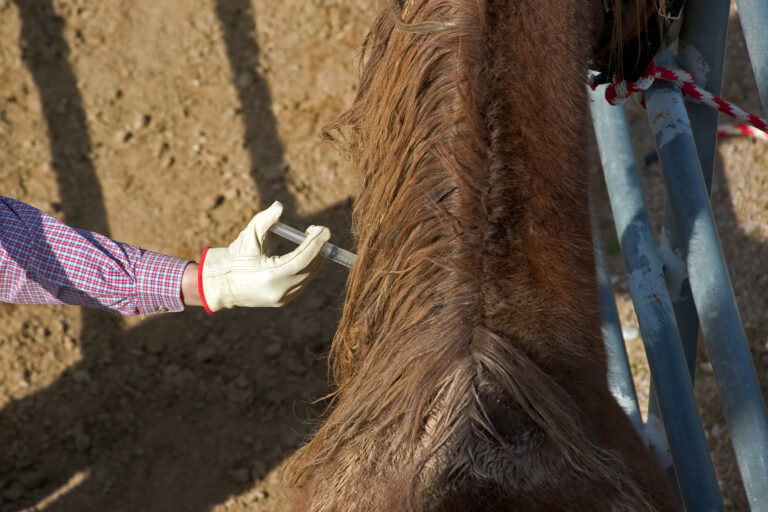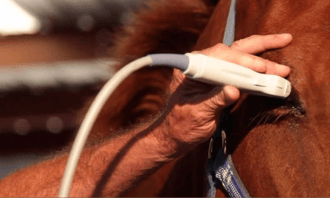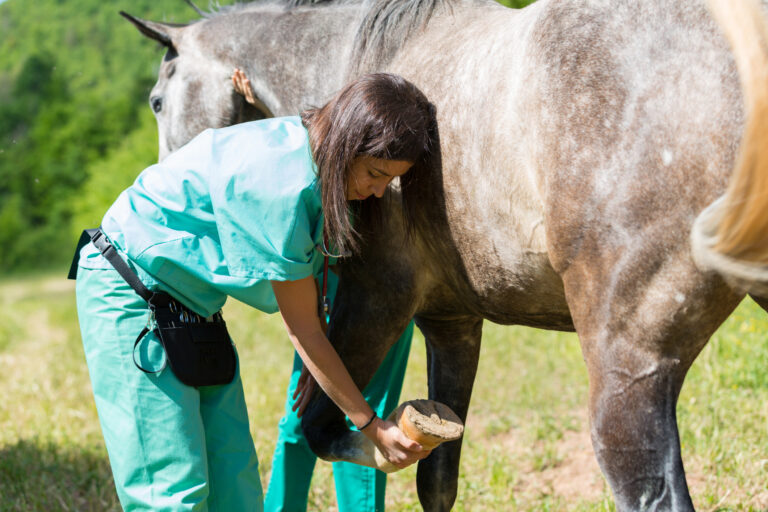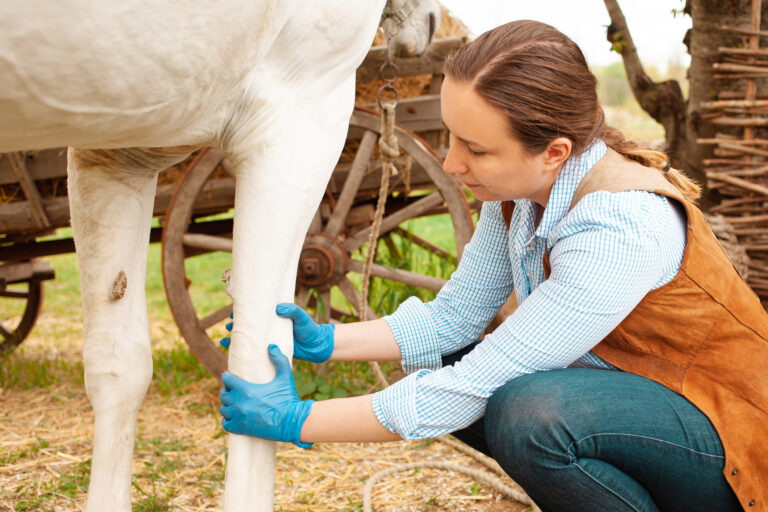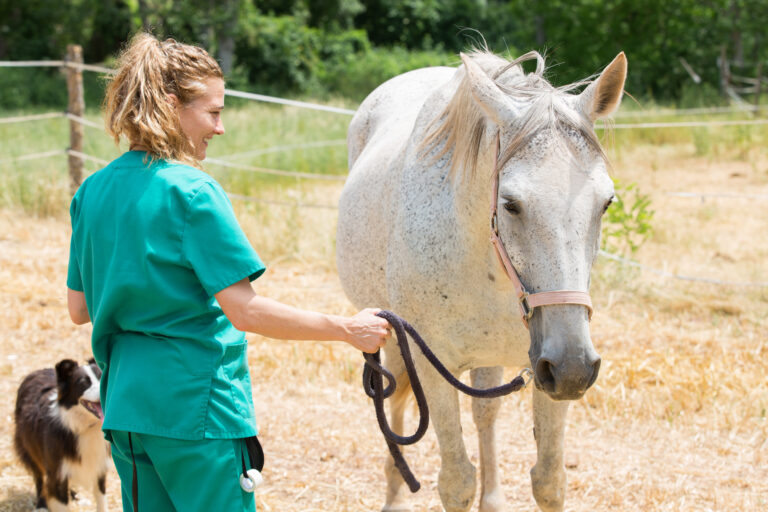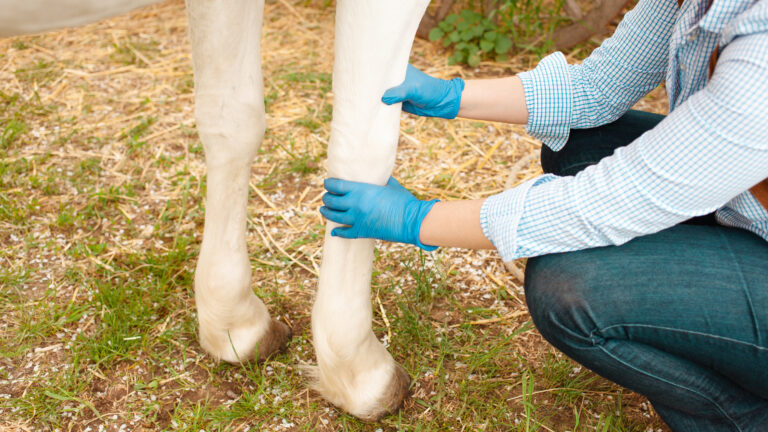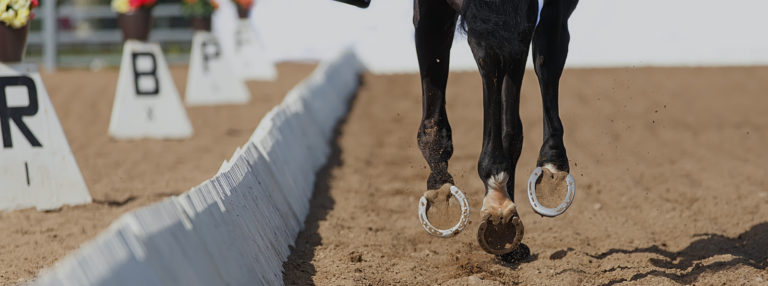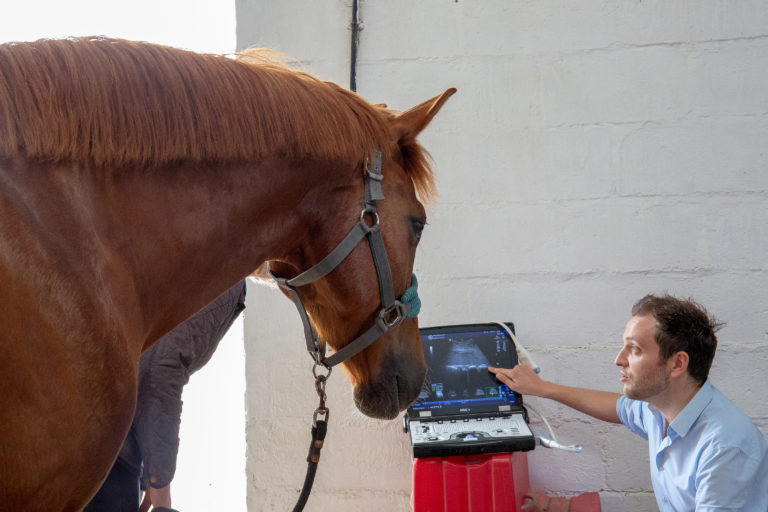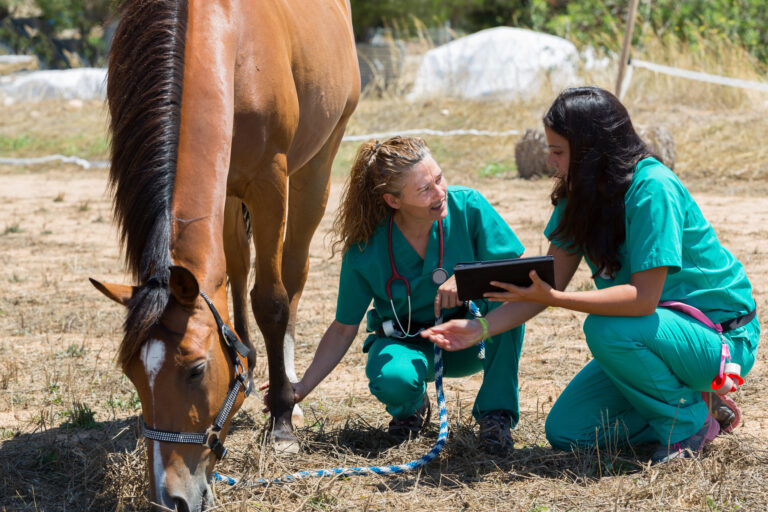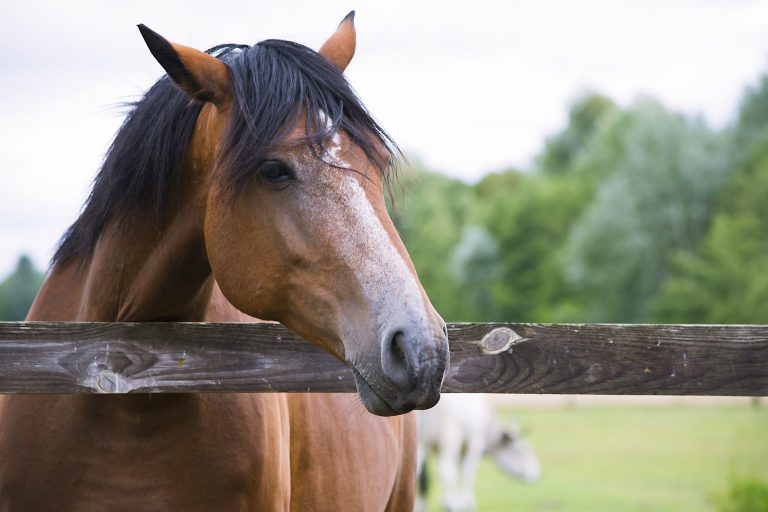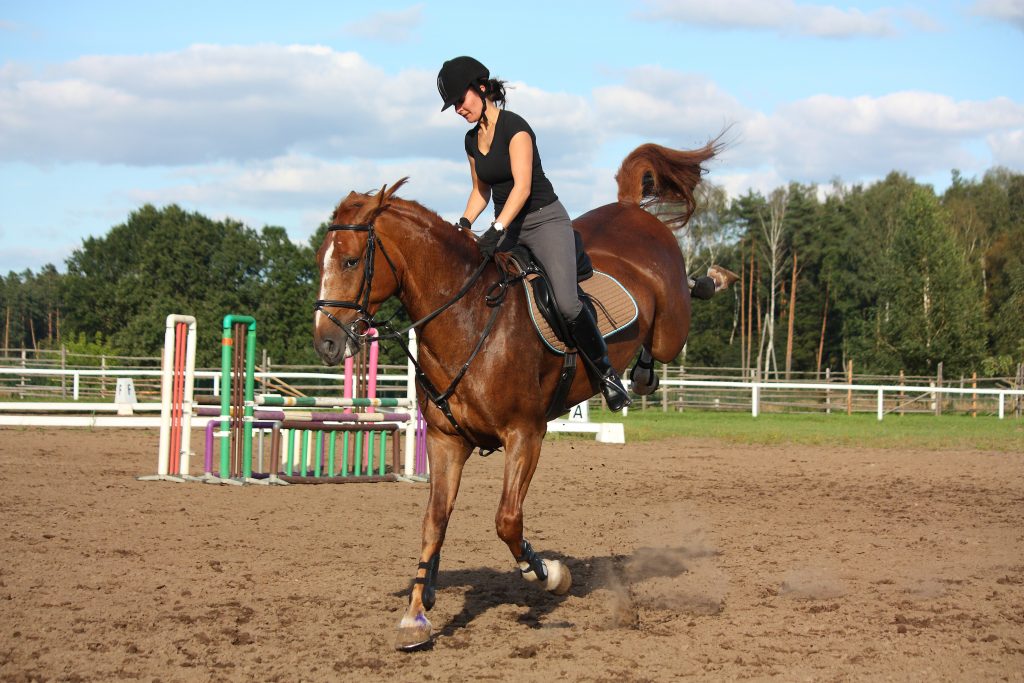Our Comprehensive Range of Equine Services Near You
Whether you keep a competition pony on grazing livery or a retired school horse, having access to top-class equine support is essential. This article guides you through the full range of services available across the UK, with a spotlight on Stride Vets in Farnham as a trusted local provider. What is an equine veterinary practice?…

